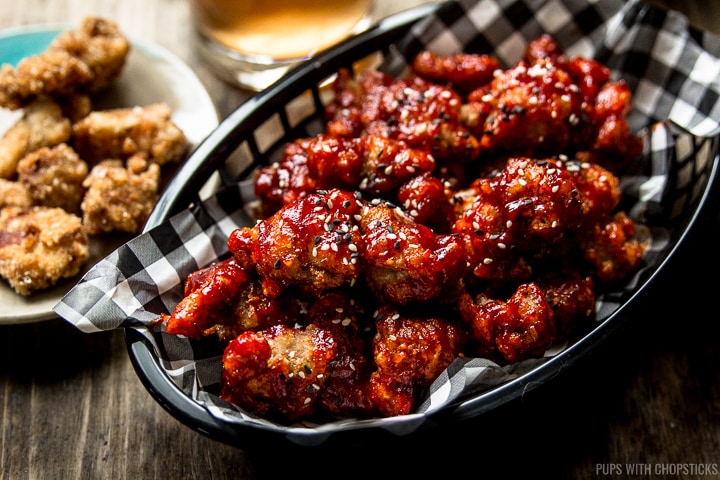
Table of Contents
What is Gochujang?
Gochujang paste is a thick bright red Korean fermented pepper paste used in many different Korean recipes.
It's traditionally made with fine Korean chili powder (gochugaru), fermented soy beans, glutinous rice, and salt.
Traditionally in Korea, gochujang is fermented in large earthenware jars called jangdok (or onggi), which are stored outside in the backyard. Onggi is more microporous than your typical porcelain pottery, which helps the fermentation process of gochujang.
Nowadays, buying gochujang at the Korean supermarket is easier and more convenient. They come in red plastic tubs in many different sizes and spice levels. If you're feeling adventurous, you can still find miniature tabletop versions of onggi, which you can experiment with and make your own gochujang at home if you're up for the challenge.
If you have never tasted gochujang before, It's spicy, but the heat levels will vary based on the brand you buy. It is also quite salty, so a little will go a long way. It also has a hint of sweetness, which develops when the starches during the fermentation process break down and converts to sugar. Although the sugars are formed naturally during fermentation, store-bought gochujang may contain sugar or corn syrup to enhance the sweetness.
When buying exotic ingredients, there's always a risk that you only use it once, and then it either gets tossed out or wastes space in the fridge. The good news about keeping a jar of gochujang is that it's such a versatile and flavorful ingredient that you never need to worry about it going to waste because there is always a way to use it, and here are the five most common ways to use it and it's not just limited to Korean food!
7 Different Ways to Use Gochujang at Home
Glaze
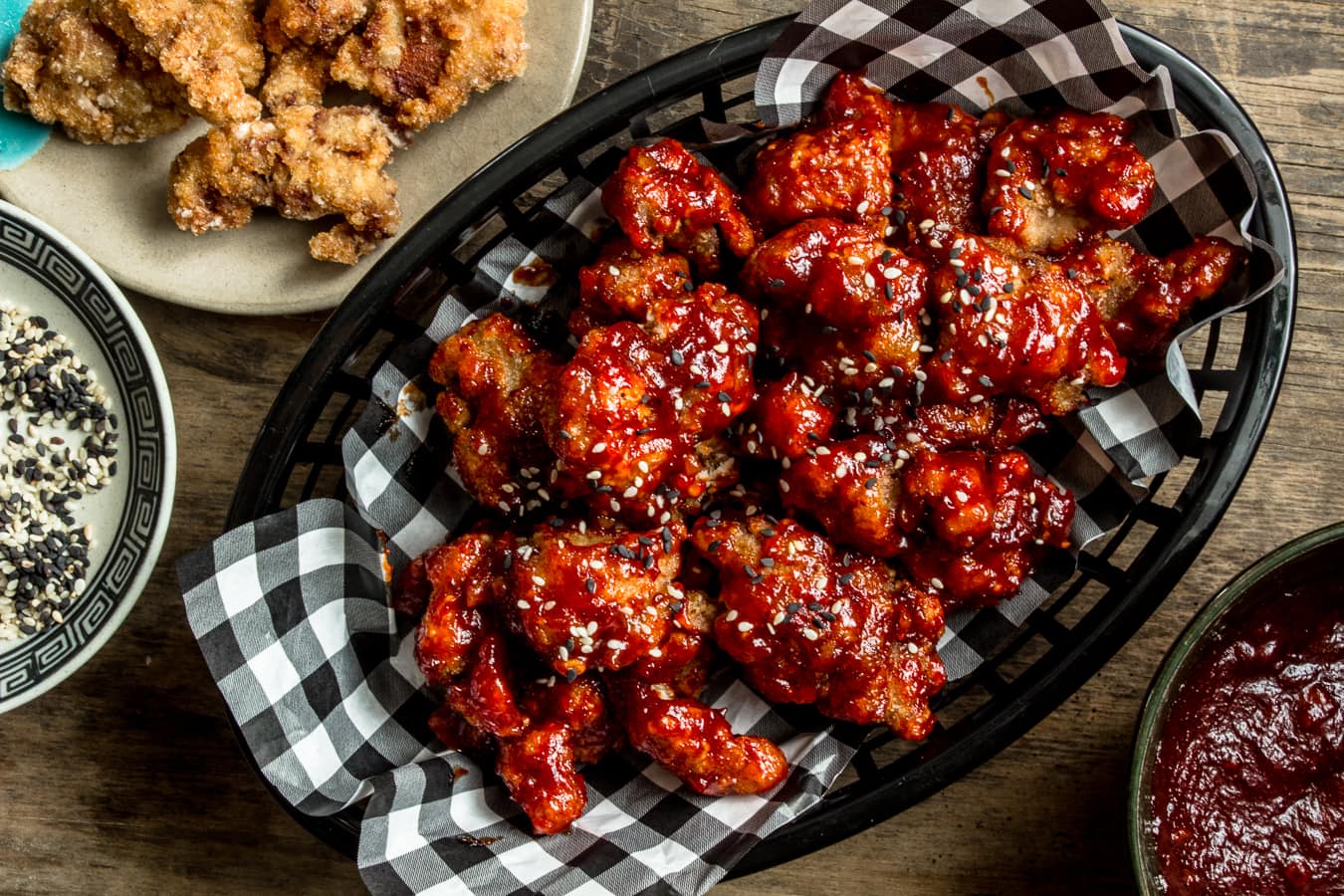
Since gochujang is naturally thick, it makes a wonderful and super flavorful glaze or sauce. It is super easy to use, and mixing it with a touch of sesame oil and water is usually enough to transform this thick paste into a silky and luxurious saucy glaze.
A few things you ways you can use the glaze is to toss it with some fried chicken or fried chicken wings (which essentially gives you Korean fried chicken!), brush it on grilled and baked meats (ribs, roasts, etc.), and fish or use it like a BBQ sauce!
Dressing for Salads
Koreans will also use gochujang directly with fresh vegetables to make small side dishes called banchan.
If you want something similar at home, it is very easy to transform gochujang into a flavorful salad dressing.
Since gochujang is concentrated right out of the box, it is recommended to thin it out with a lot of water so it doesn't overpower the delicate flavors and textures of salad.
If you plan to create a dressing to mix into salads, you can add enough water to make a very thin dressing and add a bit of acid (rice vinegar, limes, and lemons work great) to give it a more tart flavor. To make it sweeter, you can also add a touch of honey or maple syrup; to make it creamy, mix in some mayonnaise.
Soups, Stews, Braises, and Chili
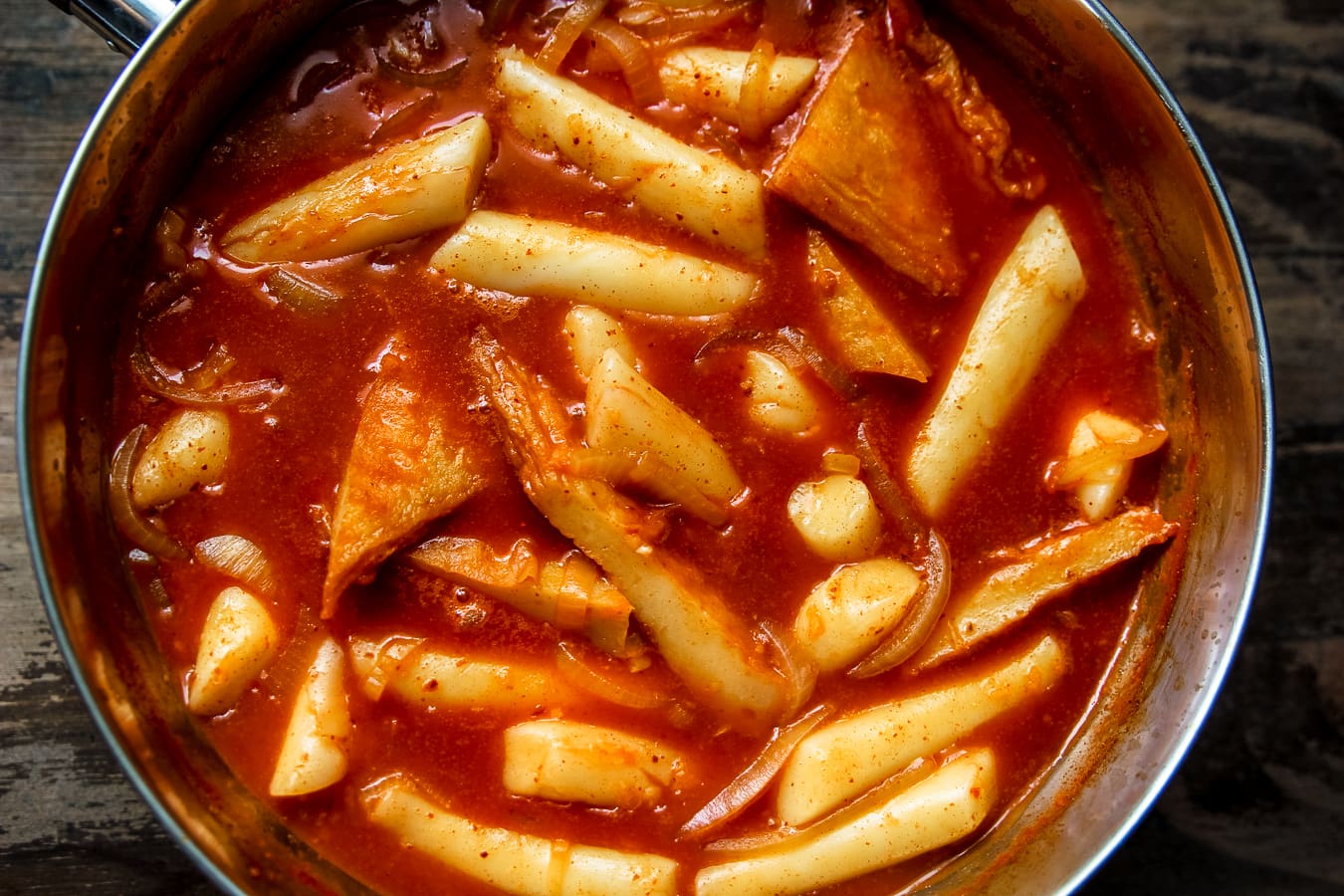
This is where gochujang shines.
Gochujang is fantastic in braises, stews, and thick delicious sauces because of all the complex flavors in the concentrated paste.
If you have a tub of gochujang sitting around for a long time, this is a great way to use it up, just put a big scoop into your braises, soups, and stews, and you have got yourself a complex umami flavor bomb.
It's commonly used to make all kinds of comfort foods like Korean stews (jjigae) and soups, which are enjoyed in a piping hot earthenware bowl (ttukbaegi) that keep them bubbling hot.
Gochujang is also used to make a street food called tteokbokki which are chewy Korean rice cakes braised in a sweet and thick gochujang sauce with slices of fish cakes.
It can also be incorporated into Western cooking, like hearty chilies, to boost its flavor, make the flavors more well-rounded, and add depth.
Dipping Sauces for Vegetables and Snacks
If you like the taste of gochujang, you can use it to create a very simple and flavorful dipping sauces. Gochujang dipping sauce goes amazing with everything and is most commonly used to dip fries, onion rings, crudités (raw vegetable sticks), burgers, and hotdogs.
To give your gochujang dips a bit more flavor, you can add additional ingredients like garlic and onion powder, cayenne (to make it even spicier), lime/lemon juice (or rice vinegar) to give it a bit of tang, sesame oil to give it a bit of nuttiness!
Rice and Noodle Bowl Sauce (like Bibimbap Sauce)
Bibimbap is a popular type of Korean rice bowl dish that literally translates to 'mixing. These types of warm rice bowls are topped with seasoned and lightly sautéed vegetables, sliced meat (usually pork or beef), and topped with a sunny side egg. These beautiful rice bowls are generously drizzled with a sweet gochujang sauce and then vigorously mixed all together and eaten right away.
Bibimbap sauces are amazing because you can make a big batch, and they are not limited to just bibimbap! You can use it with noodle bowls, buddha bowls, or any type of rice bowl that you want to give a sweet and spicy kick to!
Marinades
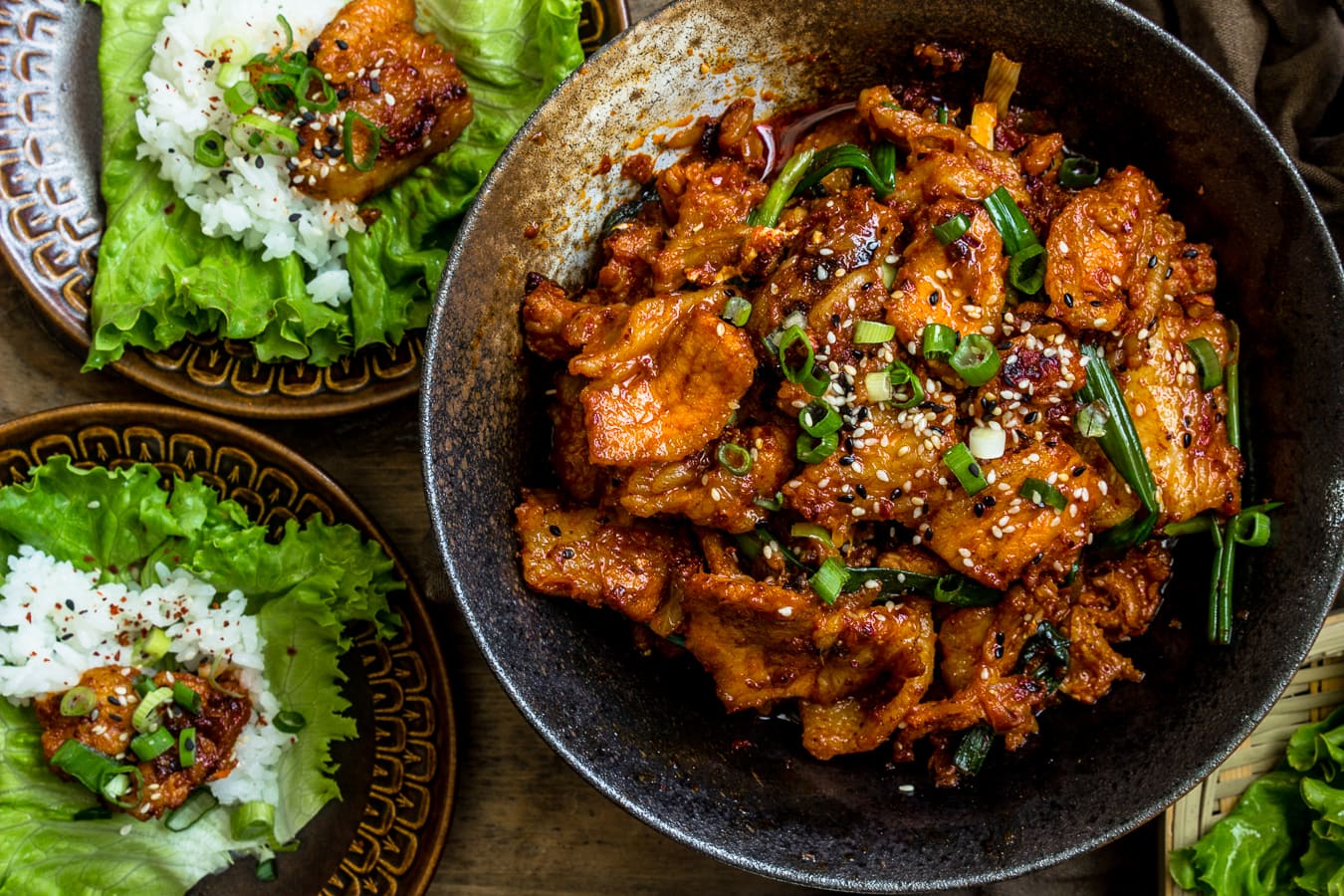
Since gochujang is heavy on salt, it makes a fantastic marinade and provides a lot of flavor to meat and tofu.
The most common and delicious way to use it as a marinade is to make spicy pork bulgogi (thin slices of marinated meat grilled or cooked on a stove-top griddle).
To make a basic gochujang marinade, add a bit of acid, like rice vinegar, garlic, water, and sesame oil, and mix it with gochujang paste. Once you have a thin sauce, add it to meat or protein and marinate it overnight, and you'll have a very flavorful meal the next day.
Stir Fries
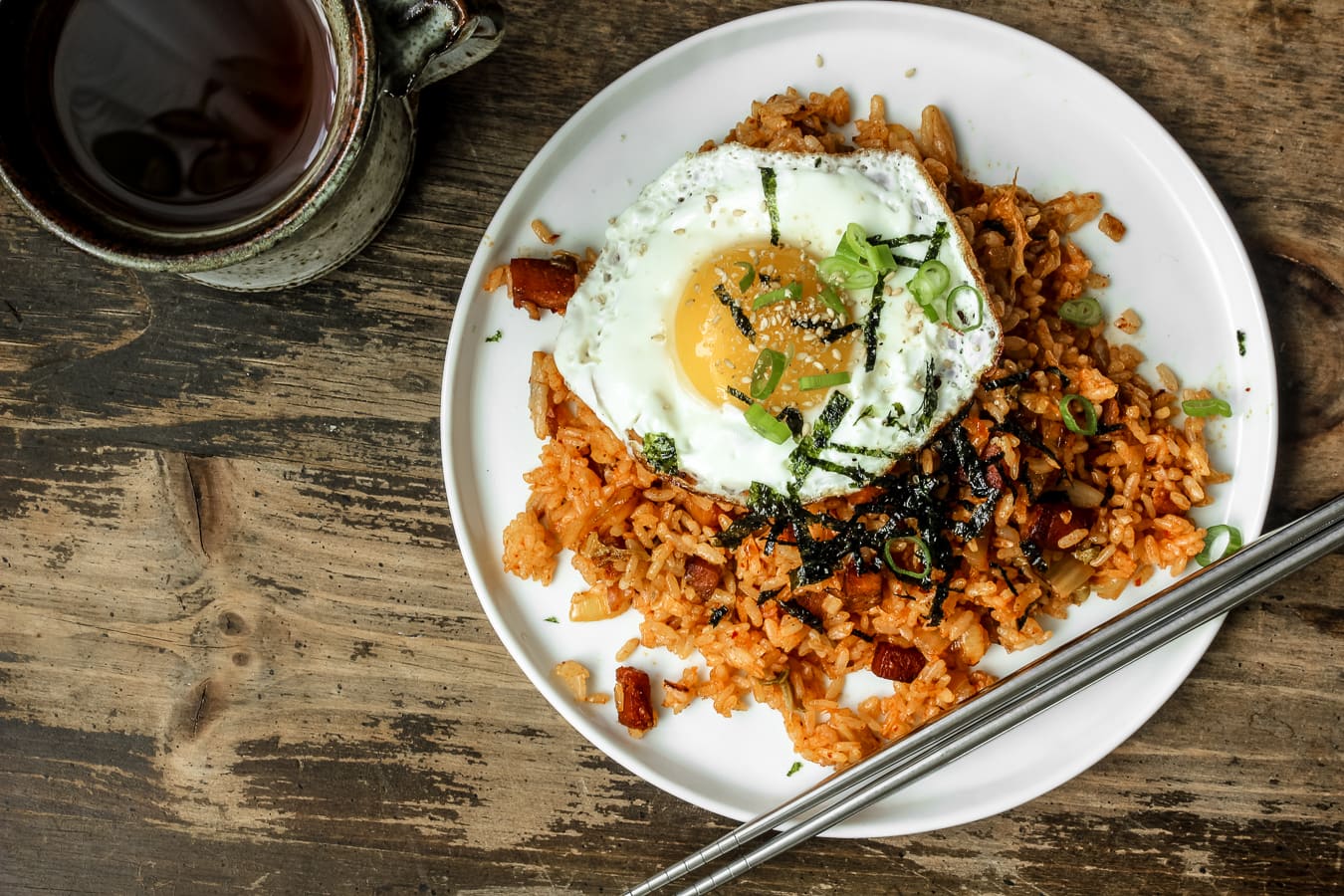
If you want a quick and easy-to-make stir-fry sauce, you definitely should consider using gochujang. It's easy to use (just add water), and the amount of flavor in a teaspoon of gochujang paste really packs a punch, and it will elevates any type of stir-fry you make with it.
All it takes is a bit of gochujang mixed with water and soy sauce combined to thick sauce consistency, and you have a ready-to-go stir-frying sauce that's great in any fried rice like kimchi fried rice, veggie, meat, and noodle stir-fries.
How to Store Gochujang Paste Once You Open It
Gochujang contains a lot of salt, so it's one of those sauces that can last a very long time if you store it properly.
A common question everyone asks about gochujang paste is, 'How do you store it so that it doesn't turn brown?'
Once you open the seal underneath the red lid, oxygen will start to oxidize the pepper paste. If you don't prevent the oxidization, it will turn a dark maroon-color and possibly dry out.
That being said, there is absolutely nothing wrong with a maroon colored and thick and gummier textured gochujang. It just means that it might be more concentrated, more potent, and a lot stickier. So if you want to thin it out, you will have to add a bit more water and use a bit more elbow grease to stir it into the right consistency.
To keep it as fresh as possible, once you open the seal and use the amount you need, it's best to take a piece of plastic wrap and put it right against the paste before you close the lid. That way, no air will come in contact with the paste, and it will keep the paste its red color for longer, and the texture will not turn gummy and sticky.
Common Gochujang FAQs
Is Sriracha the same as Gochujang?
Although they are both spicy, that is where the commonality ends. Sriracha is a lot thinner than gochujang and has a bit more of a garlicky, savory, and vinegary flavor, whereas gochujang is a thicker paste with a heavier fermented soybean flavor and is a lot saltier and has a sweet flavor as well.
Are gochujang and sambal oelek the same?
Gochujang and sambal oelek are very different in flavor and are also used very differently as well. Gochujang is a thick, sweet, spicy, fermented soy chili paste that cannot be used right out of the container. It is meant to be used in cooking or made into sauces, whereas sambal oelek is a Indonesian chili garlic sauce meant to be used as a condiment straight from the jar to give your food a bit of spiciness and flavor and is a lot more tangy as well.
Are gochugaru and gochujang the same?
Gochujang and gochugaru are very different ingredients. Gochugaru is a Korean chili powder used in various Korean dishes and comes in different grinds (fine and coarse (aka medium)). Gochujang is a sweet and spicy paste made of fine gochugaru.
Recipes That Use Gochujang
This article originally appeared on Wealth of Geeks.

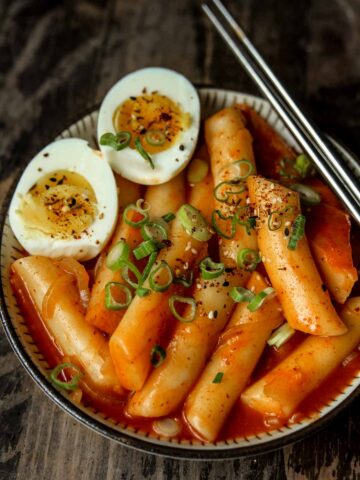
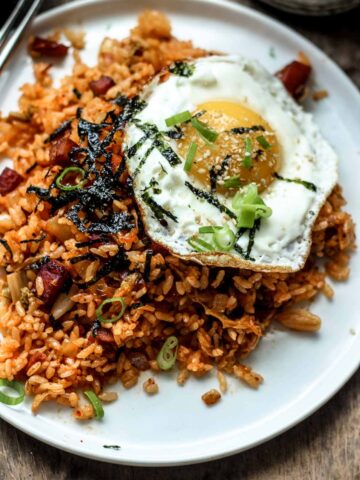
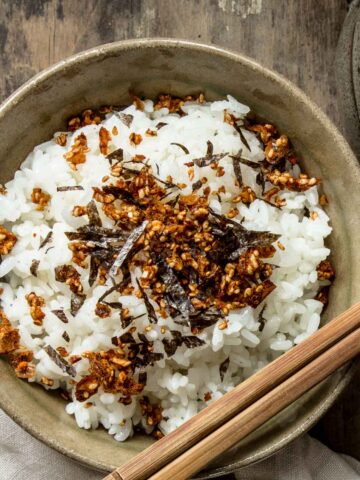
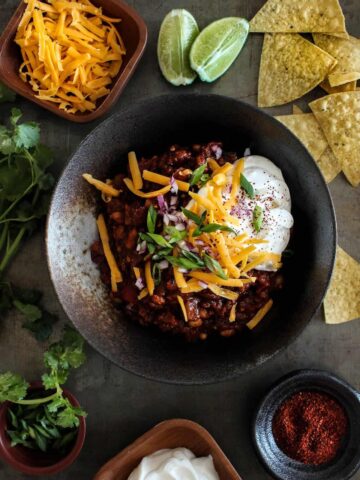
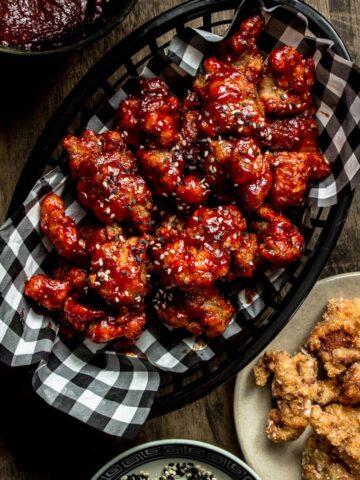
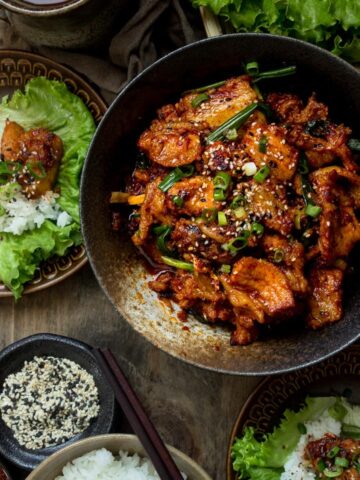
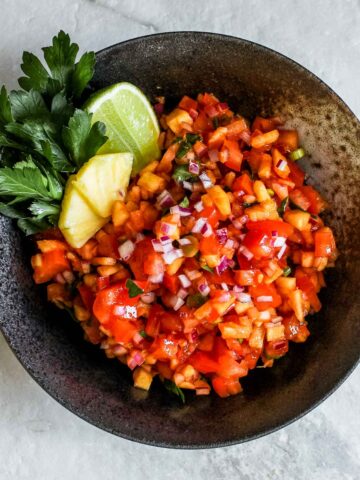
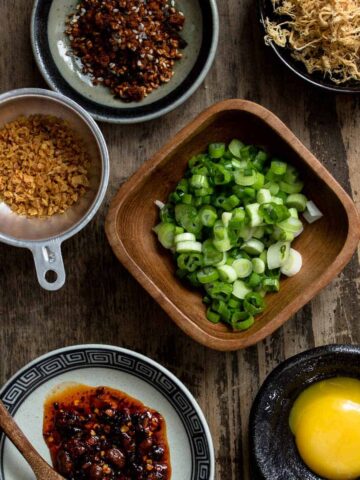
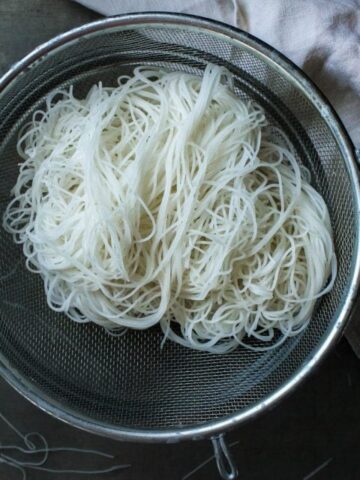


Sylvia Horusman says
Hi Joyce, thanks for the information about gochujang, that's really helpful. I just want to correct that sambal oelek is from Indonesia and it contains ebi, tomatoes, chillies, garlic, as the most popular ingredients for Indonesian cooking recipes. Happy sharing !